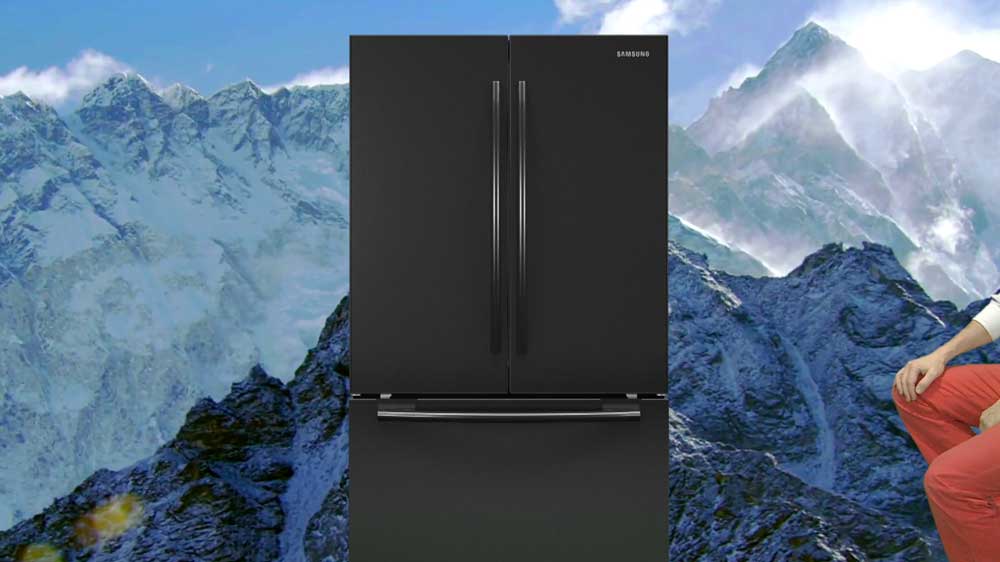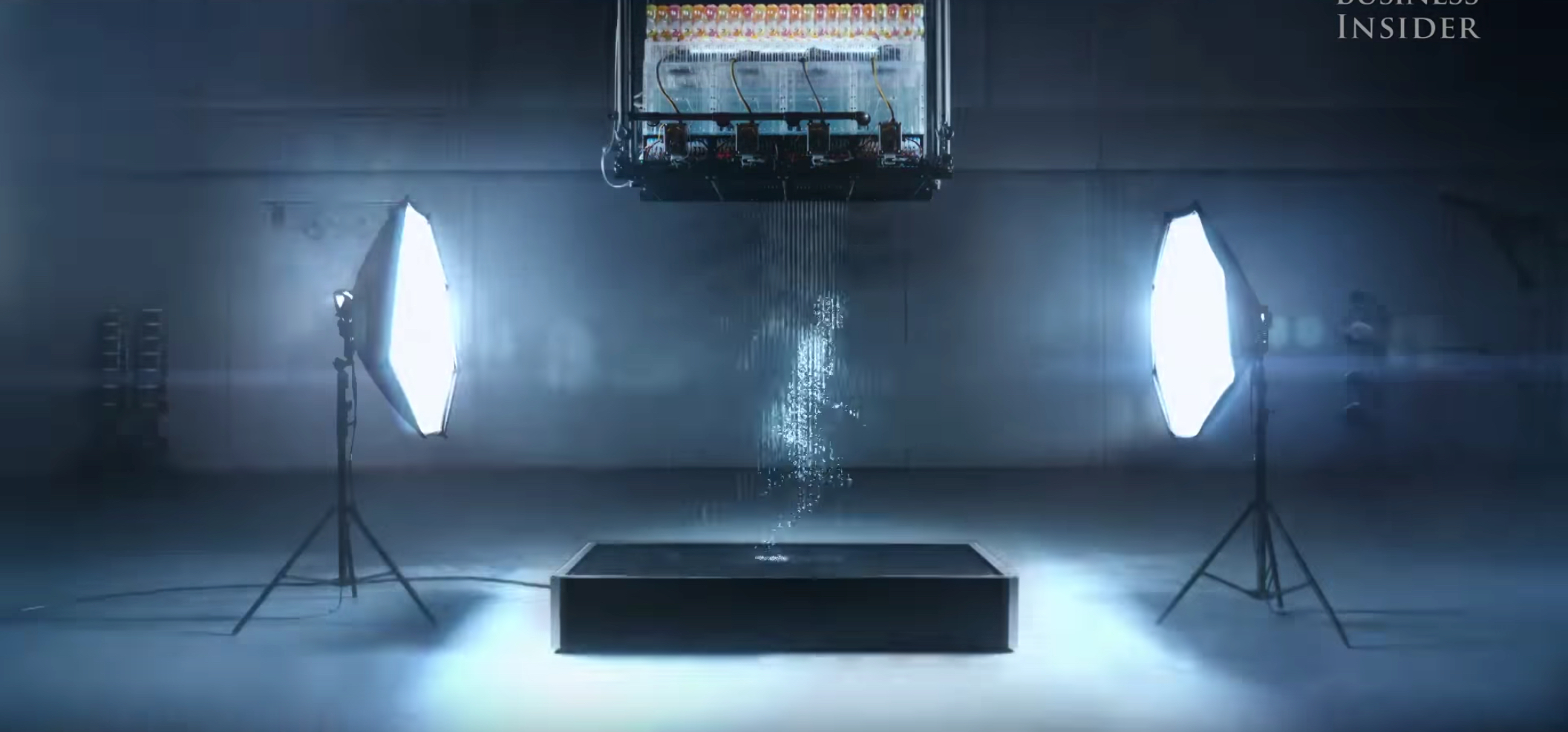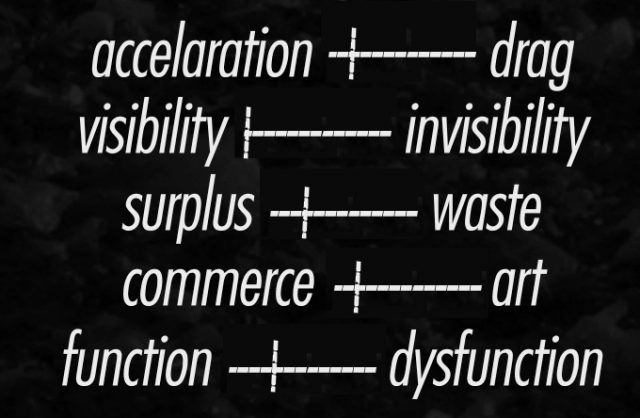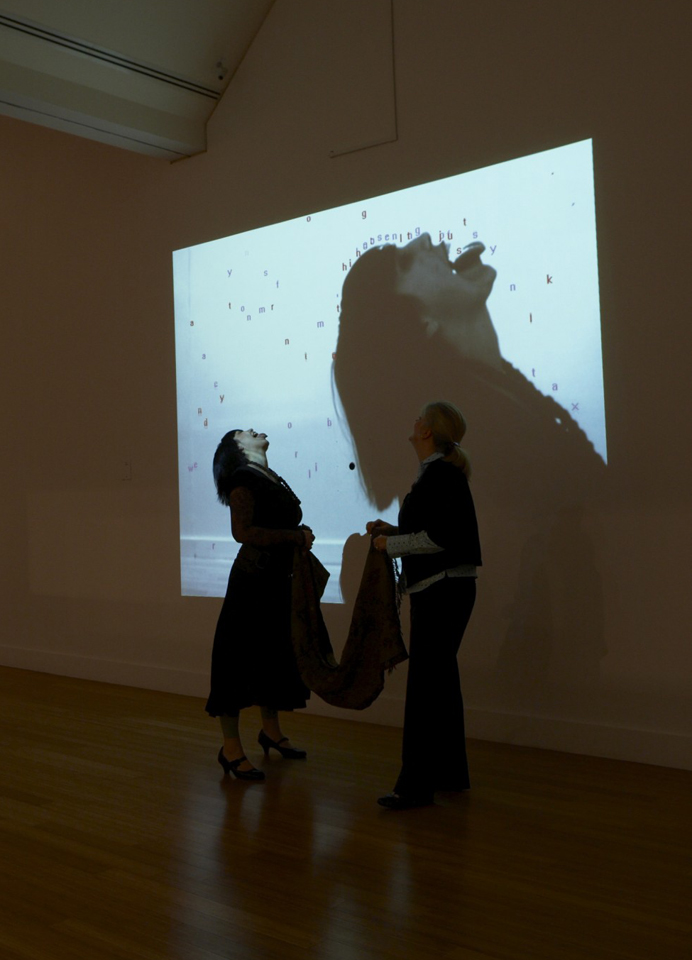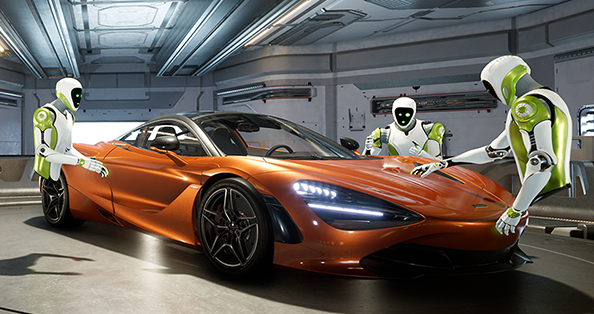Spectacle describes work that uses technology in novel and spectacular ways, but does it at an inaccessible scale and doesn't acknowledge the context and implications that surround it.
Speculation uses technology as a medium to explore society and technology itself, but it is inaccessible because of its lack of polish, and it out on what could be explored when the artist themself is working directly with the technology.
One project that comes to mind are the "satisfying" simulations done by Andrea Wannerstedt. It seems to fall more into the category of spectacle, engaging the viewer with its polish and using the precision of technology to hit the sweet spot with timing. It comes closer to acceleration than drag, as it seems to have be operating at the height of 3D modeling in a 2D canvas and has some aesthetics that make it universal. It is hard to judge that at this time though. It falls more along visibility because it reaches a large audience. It comes sits between surplus and waste, simply because its scale is so small, although maybe more on the surplus side given its association with quick, cheap social media entertainment. It is closer to commerce than art, in its current contexts at least, because it is so easily accessible, spreading as GIF loops through social media and second-rate news blogs, eventually without credit on many. And it is a style that has already be used in many advertisements. It is very squarely on the function side, scrubbing out all chaos as much as possible to leave us with the impossibly perfect graphic.


/cdn.vox-cdn.com/uploads/chorus_image/image/46236274/ef989fe2-5c9b-4437-ad74-eebf34fbb625.0.0.jpg)

